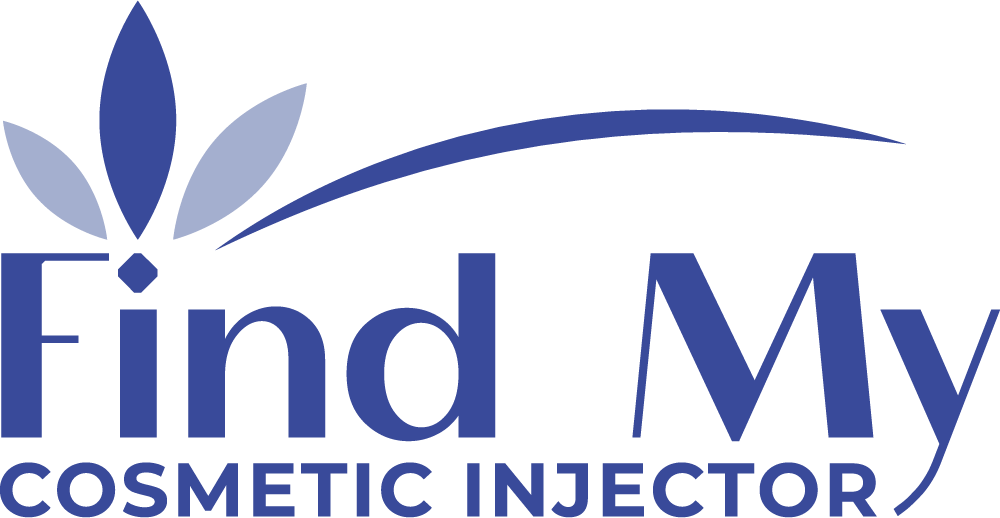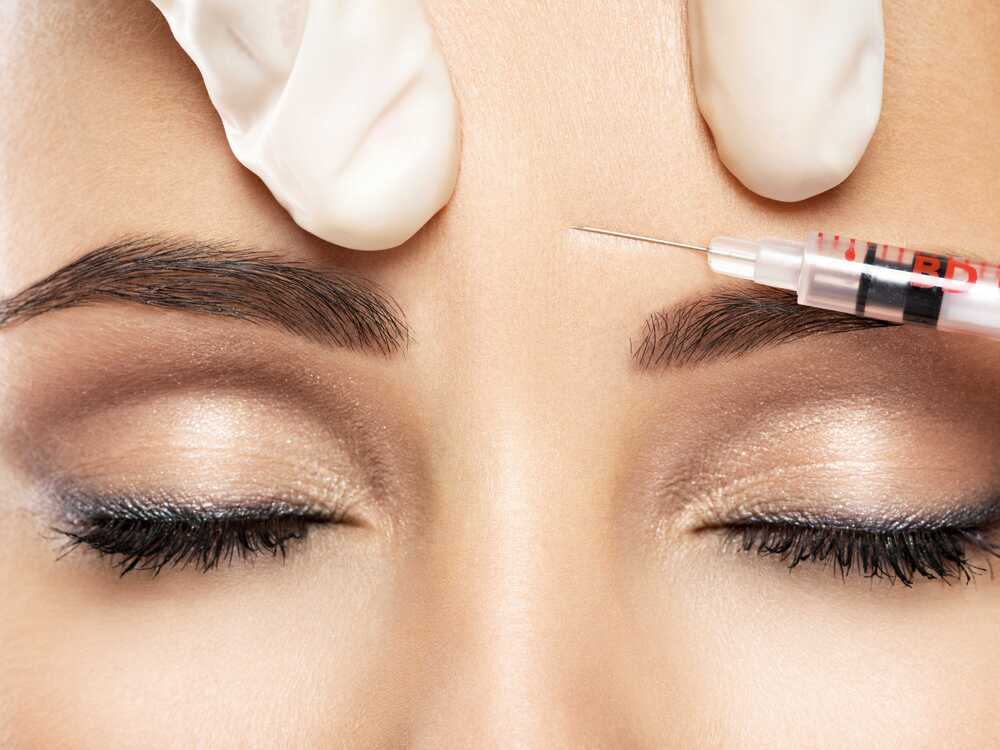Dysport
Have you been wondering how to tackle those frown lines that seem to have taken up permanent residence squarely above your eyes? Are the facial creams and lotions that once remedied the fine lines of aging no longer holding up their end of the bargain?
Maybe you’ve been debating whether you’d rather live with the imposing facial lines that mistakenly convey anger or the “frozen face” that often results from plastic surgery.
AbobotulinumtoxinA, or botulinum neurotoxin type-A, was originally developed in the early 1970s as a nonsurgical option to treat certain disorders causing involuntary muscular contractions.
Eventually, after nearly two decades, the drug debuted under the Dysport brand and was marketed for cosmetic applications. It was approved by the FDA in 2017 for the reduction of glabellar lines, better known as frown lines.
Dysport injections may be the solution for you if you’re looking for a noninvasive, cost-effective solution that will leave your forehead trench-free with smooth, youthful-looking skin and control over your facial expressions again.
Read on to learn everything you need to know about Dysport so you can make an informed decision.
What is Dysport?
Dysport is a noninvasive, injectable cosmetic procedure formulated using the neuromodulator botulinum toxin type A. Deemed safe when used in small dosages, Dysport not only diminishes existing moderate to severe frown lines, but also slows the development of new wrinkles.
The skincare treatment leaves the skin smoother in appearance and texture while maintaining its muscular shape and structure.
How Do Crow's Feet and Frown Line Wrinkles Form?
Facial expressions like smiling and frowning require muscle contractions that cause momentary creases in the skin. Over time, as the skin loses collagen and subsequently its elasticity, its ability to snap back to its original form is diminished.
Repeated muscle contractions and damage to skin tissue eventually cause crow’s feet and frown lines to form.
Stress, dehydration, and sleep loss may also contribute to the appearance of wrinkles. Depending on a person’s genetic makeup, wrinkles may form as early as adolescence or as late as their 30s or 40s.
How Does Dysport Work?
Dysport, a neuromodulator, blocks nerve signaling from the brain to the facial muscles at and near the injection sites to prevent the muscle contractions that cause the skin to crease and wrinkle.
The medication slowly disperses at the injection sites to create a graduated smoothing effect that eliminates the potential for “frozen face.”
Who is a Good Candidate?
Adults in good health between the ages of 18 to 65 with moderate to severe frown lines are typically suitable candidates for Dysport treatments. However, if you’re pregnant or allergic to milk, Dysport may not be the right option for you.
Any history of sensitivity to botulinum toxin would also disqualify you as a candidate.
Dysport could interfere with certain medications and supplements or trigger allergic reactions, so it’s important to discuss your medical history with your healthcare provider before undergoing treatment. Certain medical conditions could put you at risk, so make sure you do your due diligence.
How to Find a Provider
There are a few factors to consider when selecting a provider for your Dysport treatments. For one, is the provider licensed and trained to administer Dysport? And how much experience do they have with successful treatments?
The American Society of Plastic Surgeons and The American Society for Dermatologic Surgery host online databases that are searchable by location and treatment type.
The search results will return a list of qualified professionals in your area and provide their phone numbers, websites, and information about their professional experience.
What Can You Expect for Your Dysport Treatment?
Side Effects of Dysport
You may experience minor side effects, but they usually subside shortly after treatment. Common side effects may include tenderness and swelling at the injection sites and slight skin discoloration.
More severe yet uncommon reactions can include headache, dry mouth, and swollen eyelids. These symptoms usually disappear on their own within a week and don’t typically pose any threat to your health.
In very rare cases, the botulinum toxin used in Dysport can cause serious side effects that may include:
Typically, a Dysport session involves five injection sites located near the treatment area. Before beginning the actual procedure, a numbing agent is used to minimize any discomfort that the injections may cause.
From start to finish, the actual treatment should take 10 to 20 minutes. You should begin to see results within two to four days, and it’s possible you could witness some within hours.
- Trouble breathing
- Chest pain
- Difficulty swallowing
This list of side effects is not exhaustive. Before your treatment, your physician will summarize the risks and side effects that you may experience and instruct you on what to do if you experience any of them.
Dysport vs. Botox
Botox and Dysport are the only FDA-approved cosmetic treatments utilizing botulinum toxin type A. Dysport uses a diluted version, which enables the formula to spread more evenly over a larger area. That’s why it offers a more natural appearance compared to Botox.
Cost
Calculating the cost of Dysport treatment depends on a few variables, but on average you can expect to pay between $350 and $450 per session. One session typically includes 50 units of Dysport, with each unit priced between $6.00 and $8.00.
Botox, which usually involves slightly more units per treatment, costs roughly $550 per session.
Convenience
Since Dysport and Botox treatments are performed at the doctor’s office and usually only require a few minutes for each injection site, it’s easy to squeeze an appointment into your busy schedule.
Even better, there’s virtually no downtime required, so you can usually just return to your normal daily activities.
Efficacy
Dysport and Botox are equally effective for reducing the appearance of moderate to severe frown lines in the glabellar region in more than 80% of clients. In some studies, Dysport clients reported up to 97% satisfaction with the treatment.
Clients specifically noted satisfaction with the natural appearance of their facial expressions following treatment.
On average, Botox treatments last from five to six months, while the effects of Dysport begin to fade after three to four months.
Safety
Both treatments boast excellent safety records and are widely considered safe as long as they’re performed by a professional and each patient has been screened.
Since each treatment uses the same neuromodulator, the side effects for both treatments are quite similar.
Conclusion
Now that you have a better understanding of how Dysport, it’s time to consider whether it may be your best option for correcting frown lines and forehead lines and delaying the formation of wrinkles.
With a strong record of client satisfaction, Dysport-licensed dermatologists can help you achieve a more youthful appearance with this safe, minimally-invasive, and cost-effective procedure.

